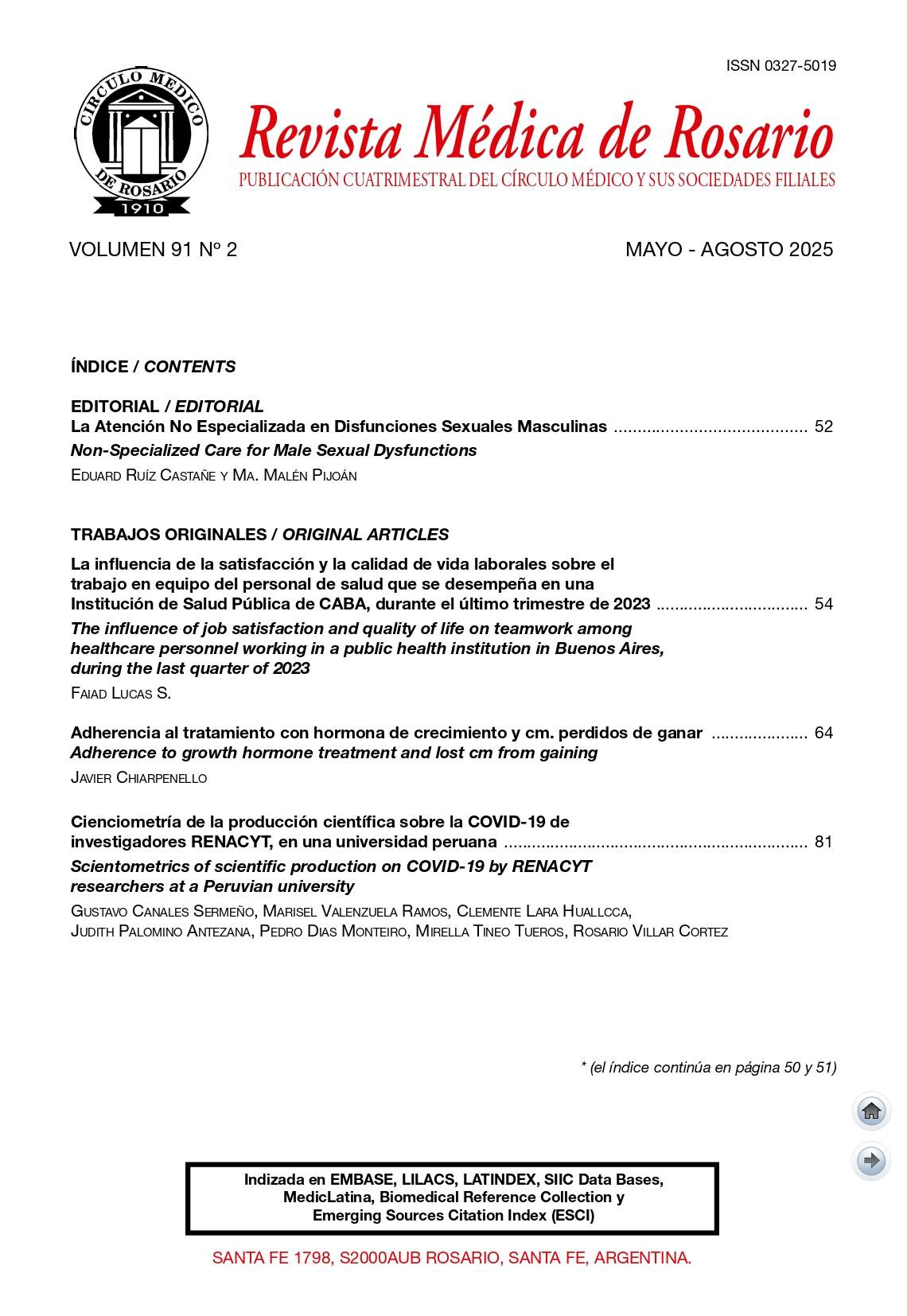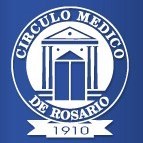AZITHROMYCIN IN ACUTE DIARRHEA, A ONE HEALTH APPROACH IS NEEDED
Keywords:
diarrhea, enteritis, colitis, antibiotics, traveler's diarrhea, salmonella, shigella, campylobacter, azithromycinAbstract
The use of antimicrobials agents (ATM) in diarrhea has specific indications for both acute and travel-related diarrhea. An in vitro study from the last century found that some antibiotics could induce the release of Shiga toxin by one of the Escherichia coli species, which could increase the risk of hemolytic uremic syndrome (HUS). Subsequent studies showed that some ATM induce the production of Stx2, such as those that act at the DNA or wall cell level, but others that act by inhibiting protein synthesis, particularly azithromycin, not only do not do so but actually have a protective effect, decreasing the percentage of HUS, excretion time of the bacteria in feces, and increase survival. The species of enterovirulent bacteria vary in different regions. In our hospital, in recent years (2020 to 2024), Campylobacter jejuni was isolated in 45 patients, Salmonella enterica in 29, and Shigella spp in 15, all of them causing inflammatory diarrhea that could require ATM. None of the 89 isolates were resistant to azithromycin. The epidemiology changed over time. In Rosario, Salmonella enterica serovar Typhimurium was the most commonly isolated. Currently, in laying hen farms, S. enterica serovar Enteritidis colonized the chicken farm. Outbreaks due to mayonnaise consumption occurred worldwide, and this serovar was resistant to nitrofurans due to the use of this ATM in the industry. Campylobacter jejuni, which was previously sensitive to quinolones, the antibiotic of choice for cases requiring antibacterial treatment, became resistant. The same isolates from cases of diarrhea in humans were also found in chickens, probably due to the use of enrofloxacin in chicken flocks. For this reason, fluoroquinolones are not currently indicated for empirical treatment. We suggest the use of azithromycin for cases of acute diarrhea requiring empirical treatment and for cases of traveler’s diarrhea where it is indicated. The discovery of resistant bacteria in humans, in the resistome of animals, whose waste is released into the environment, requires a One Health approach coordinated by the human medicine, veterinary, industrial, and natural resources sectors, to which countries adhere, coordinated through the WHO.
Downloads
Published
How to Cite
Issue
Section
License
Copyright (c) 2025 Rodolfo Notario, Noemí Borda, Julieta Freije, Esteban Peyronel, Luciano Vallecillo, Telma Gambandé

This work is licensed under a Creative Commons Attribution-ShareAlike 4.0 International License.
Licencia Atribución-CompartirIgual 4.0 Internacional (CC BY-SA 4.0)
https://creativecommons.org/licenses/by-sa/4.0/deed.es






